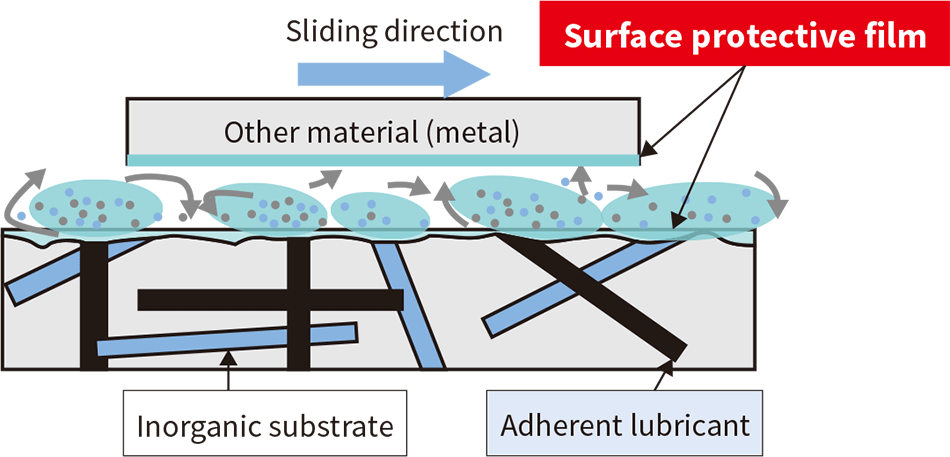1. Temperature Deviation Detection Ink
Hitachi has developed a new temperature deviation detection ink to enable consistent quality control for each individual product, to provide end users with safer and more reliable food and medical products. The units by which products are transported from producers to consumers are decreasing in quantity from large truck or container loads to boxes or individual products. Currently, product control is limited to large truck and container loads using expensive recording instruments with attached sensors, but a preferable way is to provide an integrated product control service all the way to consumers' doors.
The newly developed temperature deviation detection ink uses irreversible color changes to pinpoint deviations above or below the set temperature ranges for each product. Temperature deviation detection codes combined with individual product ID codes are placed on individual items or cardboard boxes. The codes are read by smartphone at each distribution point (storage warehouse, store, etc.) to acquire information on the status of the product, time, location, and so on. Using the temperature deviation detection codes with the Internet of Things (IoT) can achieve integrated quality control from production line to point of purchase at a low price.
1. Examples of distribution quality control using temperature deviation detection ink







